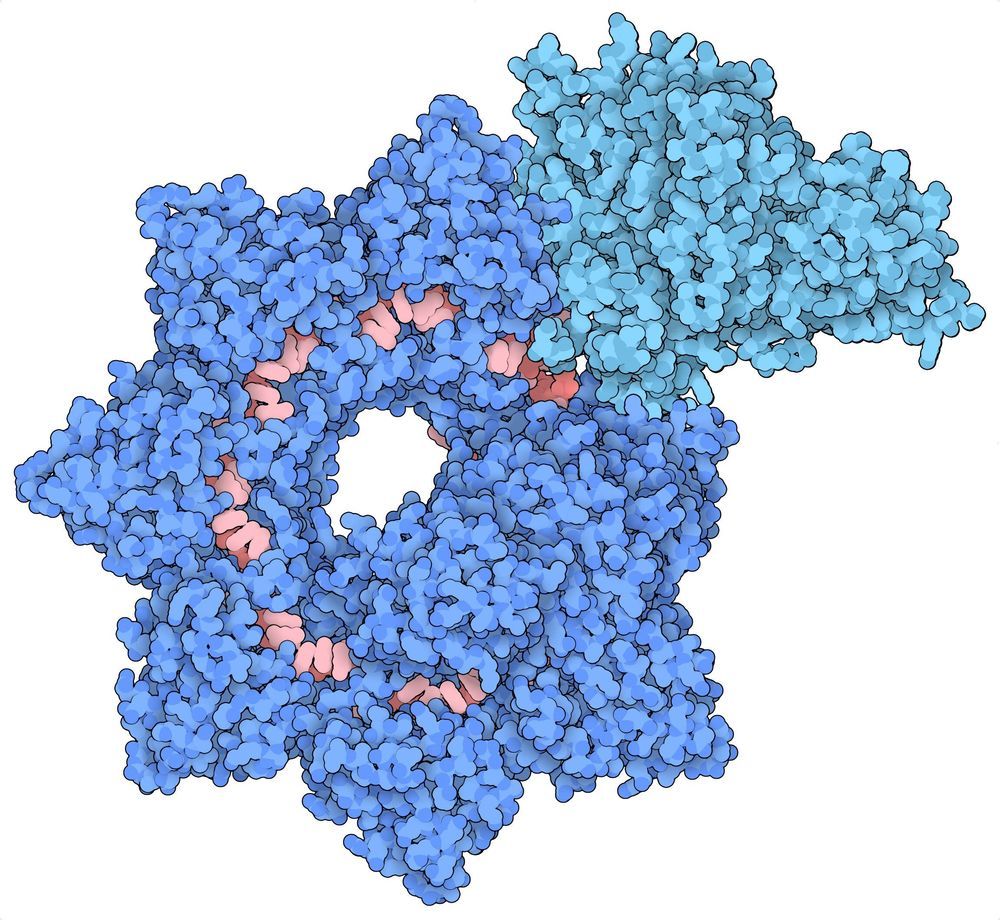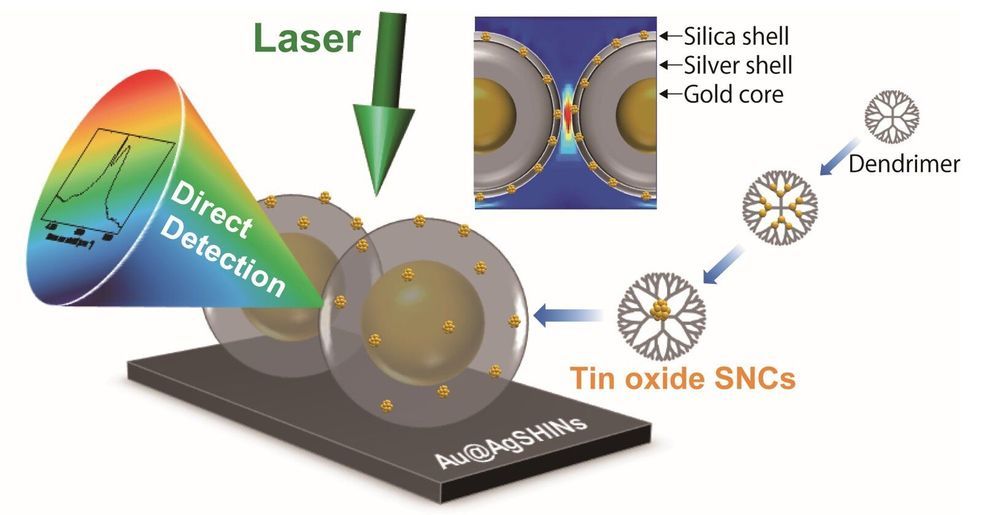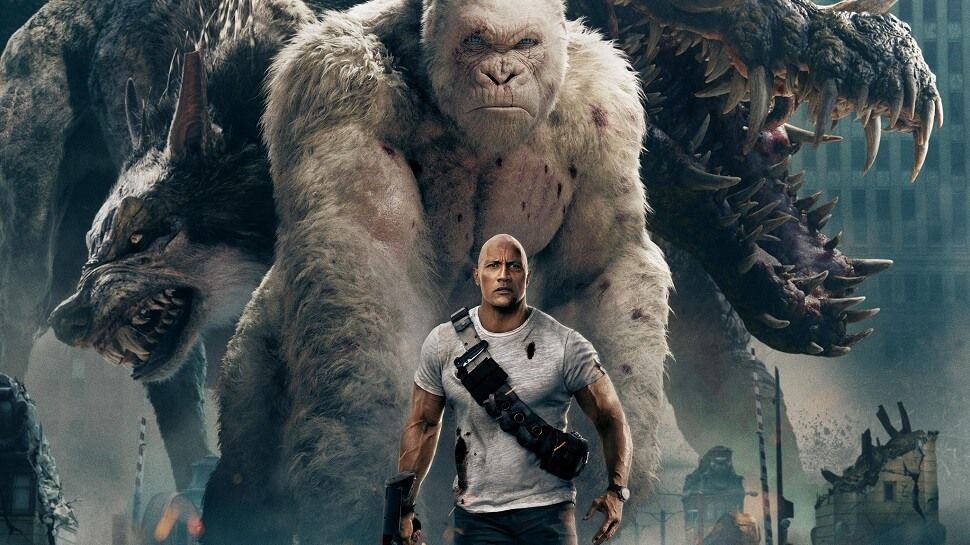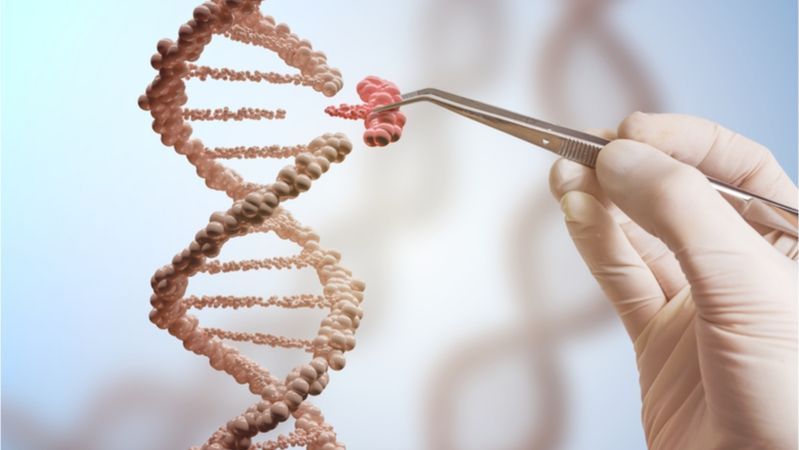“As an entrepreneur I like to know the next two or three things I might start a company on. For me it was robotics, bio-hacking, and quantum.”–whurley.
Category: bioengineering – Page 159

The complicated ethics of genetic engineering
With new technology to edit genes, scientists are now working on things that once seemed impossible. But what are the boundaries? See the full 60 Minutes interview with Church, here: https://cbsn.ws/34ZhuTs
Watch Full Episodes of “60 Minutes” HERE: http://cbsn.ws/1Qkjo1F
Get more “60 Minutes” from “60 Minutes: Overtime” HERE: http://cbsn.ws/1KG3sdr
Relive past episodies and interviews with “60 Rewind” HERE: http://cbsn.ws/1PlZiGI
Follow “60 Minutes” on Instagram HERE: http://bit.ly/23Xv8Ry
Like “60 Minutes” on Facebook HERE: http://on.fb.me/1Xb1Dao
Follow “60 Minutes” on Twitter HERE: http://bit.ly/1KxUsqX
Follow “60 Minutes” on Google+ HERE: http://bit.ly/1KxUvmG
Get unlimited ad-free viewing of the latest stories plus access to classic 60 Minutes archives, 60 Overtime, and exclusive extras. Subscribe to 60 Minutes All Access HERE: http://cbsn.ws/23XvRSS
Get the latest news and best in original reporting from CBS News delivered to your inbox. Subscribe to newsletters HERE: http://cbsn.ws/1RqHw7T
Get your news on the go! Download CBS News mobile apps HERE: http://cbsn.ws/1Xb1WC8
Get new episodes of shows you love across devices the next day, stream local news live, and watch full seasons of CBS fan favorites anytime, anywhere with CBS All Access. Try it free! http://bit.ly/1OQA29B

The science news events that shaped 2019
A year marked by climate protests, political uncertainty and debate over the ethics of gene editing in human embryos proved challenging for science. But researchers also celebrated some exciting firsts — a quantum computer that can outperform its classical counterparts, a photo of a black hole and samples gathered from an asteroid.
Climate strikes, marsquakes and gaming AIs are among the year’s top stories.

First images of an ‘upgraded’ CRISPR tool
Columbia scientists have captured the first images of a new gene editing tool that could improve upon existing CRISPR-based tools. The team developed the tool, called INTEGRATE, after discovering a unique “jumping gene” in Vibrio cholerae bacteria that could insert large genetic payloads in the genome without introducing DNA breaks.
In the new study, published today in Nature, the researchers harnessed a Nobel Prize-winning technique called cryo-electron microscopy to freeze the gene editing complex in action, revealing high-resolution details about how it works.
“We showed in our first study how to leverage INTEGRATE for targeted DNA insertions in bacterial cells,” says Sam Sternberg, Ph.D., assistant professor of biochemistry & molecular biophysics at Columbia University Vagelos College of Physicians and Surgeons, who led the research with Israel Fernandez, Ph.D., assistant professor of biochemistry & molecular biophysics at Columbia. “These new images, a wonderful collaboration with Israel Fernández’s lab, explain the biology with incredible molecular detail and will help us improve the system by guiding protein engineering efforts.”

New CRISPR-based system targets amplified antibiotic-resistant genes
Taking advantage of powerful advances in CRISPR gene editing, scientists at the University of California San Diego have set their sights on one of society’s most formidable threats to human health.
A research team led by Andrés Valderrama at UC San Diego School of Medicine and Surashree Kulkarni of the Division of Biological Sciences has developed a new CRISPR-based gene-drive system that dramatically increases the efficiency of inactivating a gene rendering bacteria antibiotic-resistant. The new system leverages technology developed by UC San Diego biologists in insects and mammals that biases genetic inheritance of preferred traits called “active genetics.” The new “pro-active” genetic system, or Pro-AG, is detailed in a paper published December 16 in Nature Communications.
Widespread prescriptions of antibiotics and use in animal food production have led to a rising prevalence of antimicrobial resistance in the environment. Evidence indicates that these environmental sources of antibiotic resistance are transmitted to humans and contribute to the current health crisis associated with the dramatic rise in drug-resistant microbes. Health experts predict that threats from antibiotic resistance could drastically increase in the coming decades, leading to some 10 million drug-resistant disease deaths per year by 2050 if left unchecked.

Nanoscience breakthrough: Probing particles smaller than a billionth of a meter
Scientists at Tokyo Institute of Technology (Tokyo Tech) have developed a new methodology that allows researchers to assess the chemical composition and structure of metallic particles with a diameter of only 0.5 to 2 nm. This breakthrough in analytical techniques will enable the development and application of minuscule materials in the fields of electronics, biomedicine, chemistry, and more.
The study and development of novel materials have enabled countless technological breakthroughs and are essential across most fields of science, from medicine and bioengineering to cutting-edge electronics. The rational design and analysis of innovative materials at nanoscopic scales allows us to push through the limits of previous devices and methodologies to reach unprecedented levels of efficiency and new capabilities. Such is the case for metal nanoparticles, which are currently in the spotlight of modern research because of their myriad potential applications. A recently developed synthesis method using dendrimer molecules as a template allows researchers to create metallic nanocrystals with diameters of 0.5 to 2 nm (billionths of a meter).

Viewpoint: Rampage movie offers twisted take on CRISPR gene editing
Is a film based on a video game with fleeting mentions of a biotech buzzword compelling sci-fi? No. But I liked Rampage anyway.
The use of CRISPR to edit genes is perhaps the only novel plot point in this latest monster movie. An evil head of a biotech company subverts a scientist’s work to fashion a bioweapon that revs up the growth hormone gene, and more, in three unfortunate animals. Cue Godzilla, King Kong, and the beast in Lake Placid.
But the screenwriters seem to confuse gene editing with an infectious bioweapon, like anthrax. The tagline at IMDb reveals the befuddlement: “When three different animals become infected with a dangerous pathogen, a primatologist and a geneticist team up to stop them from destroying Chicago.” Infectious disease, genetic modification, or both?

CRISPR Human Trial Results Look Promising for Safety
Recently, the first attempt in the United States to use the gene editing tool CRISPR to combat cancer appears to have gone well, according to the initial results of a small human trial to determine safety for the approach.
Gene editing is a way to permanently change DNA in order to potentially cure a disease by attacking the root causes. CRISPR is a tool that can cut DNA at a specific spot, allowing genes to be removed or replaced or new genes to be inserted. CRISPR and other similar gene editing tools have long been used in the lab and are finally, after many years, starting to reach human trials for cancer and other diseases.
The approach involved doctors harvesting immune T cells from three cancer patients’ bloodstreams and modifying those cells with CRISPR to make them better able to detect and destroy cancer. Two of the patients have multiple myeloma, and the third has a sarcoma. Essentially, this therapy uses the body’s own immune cells to fight the disease rather than going with the traditional route of using drugs to disrupt the growth and spread of cancer.